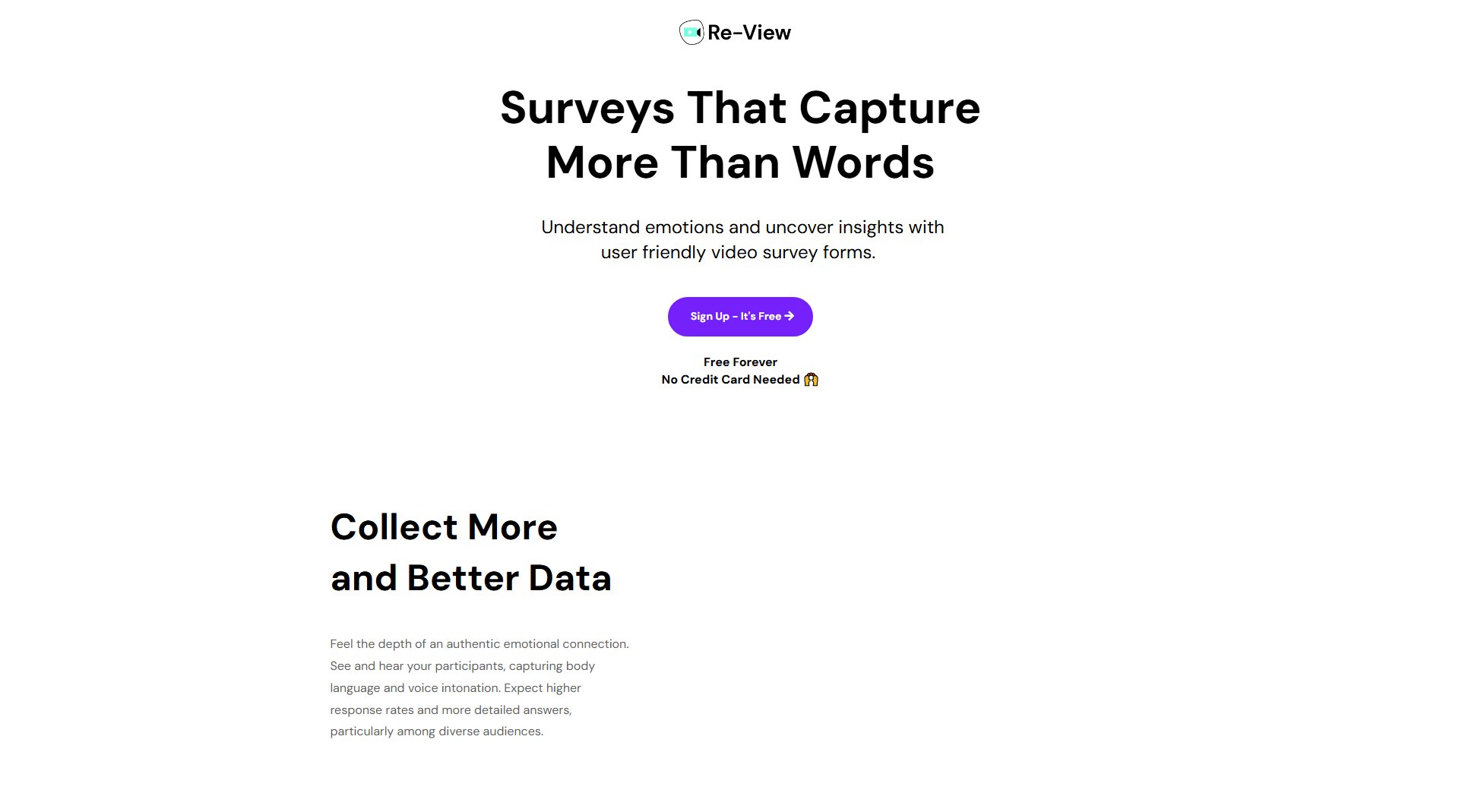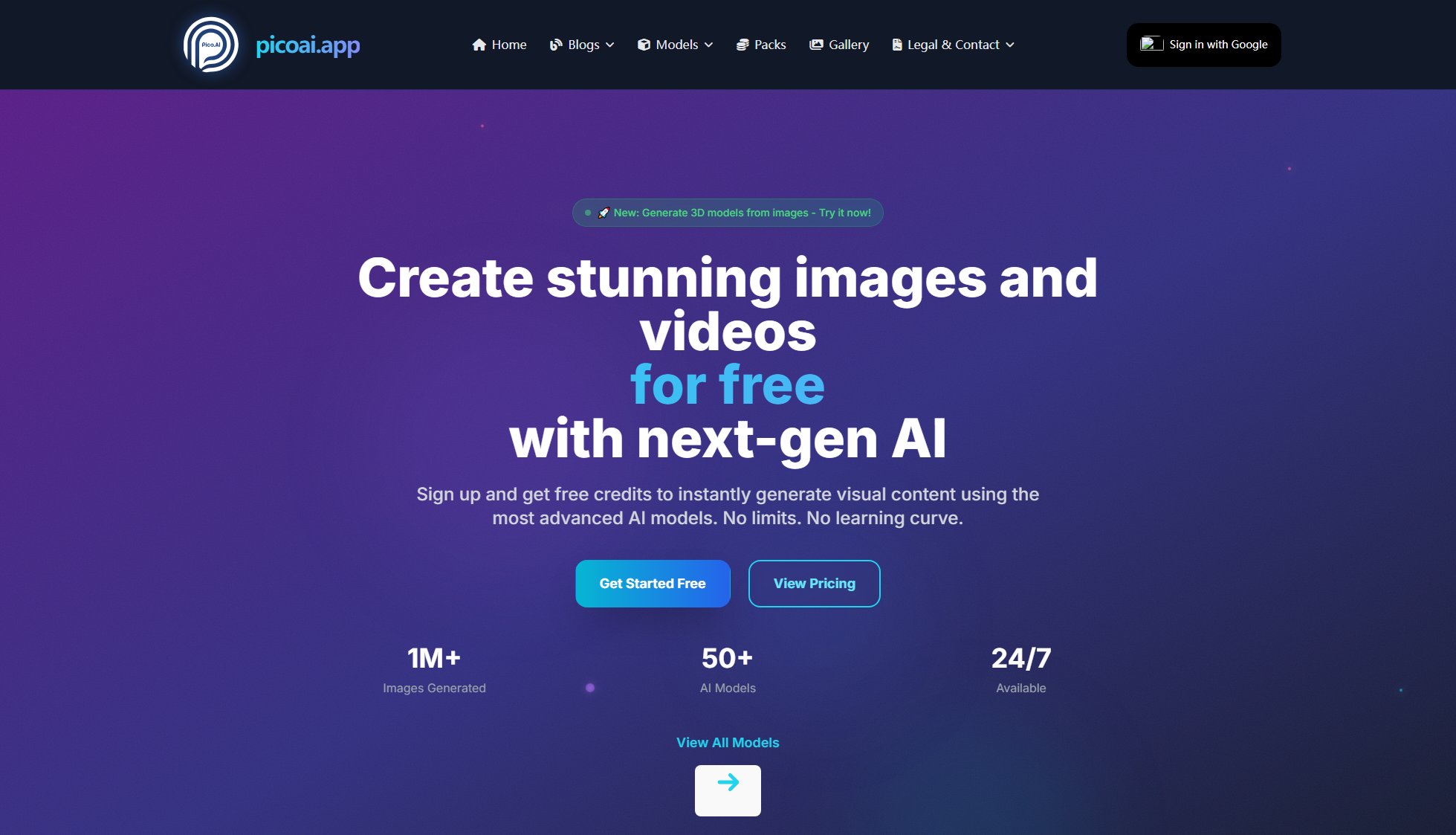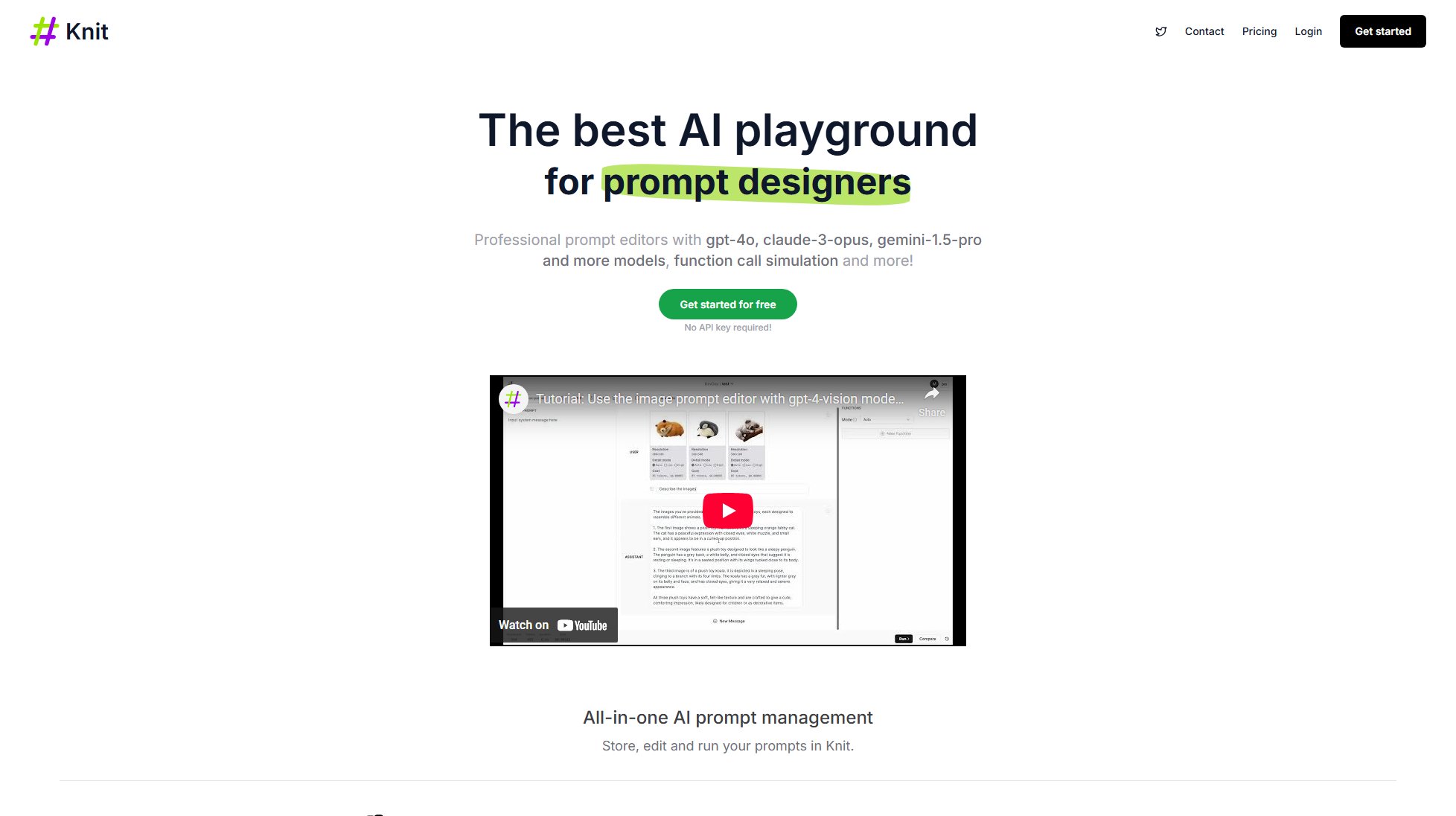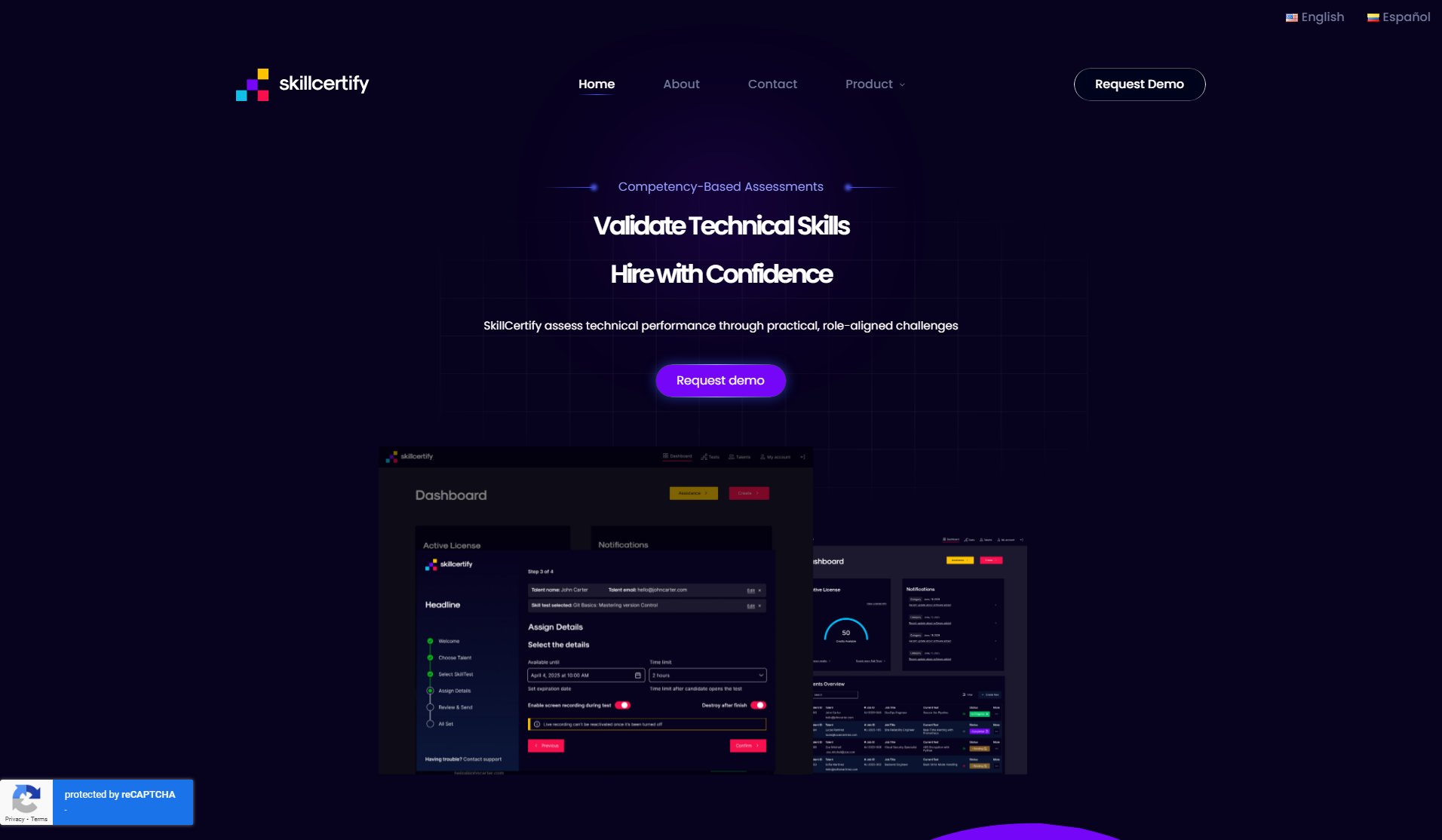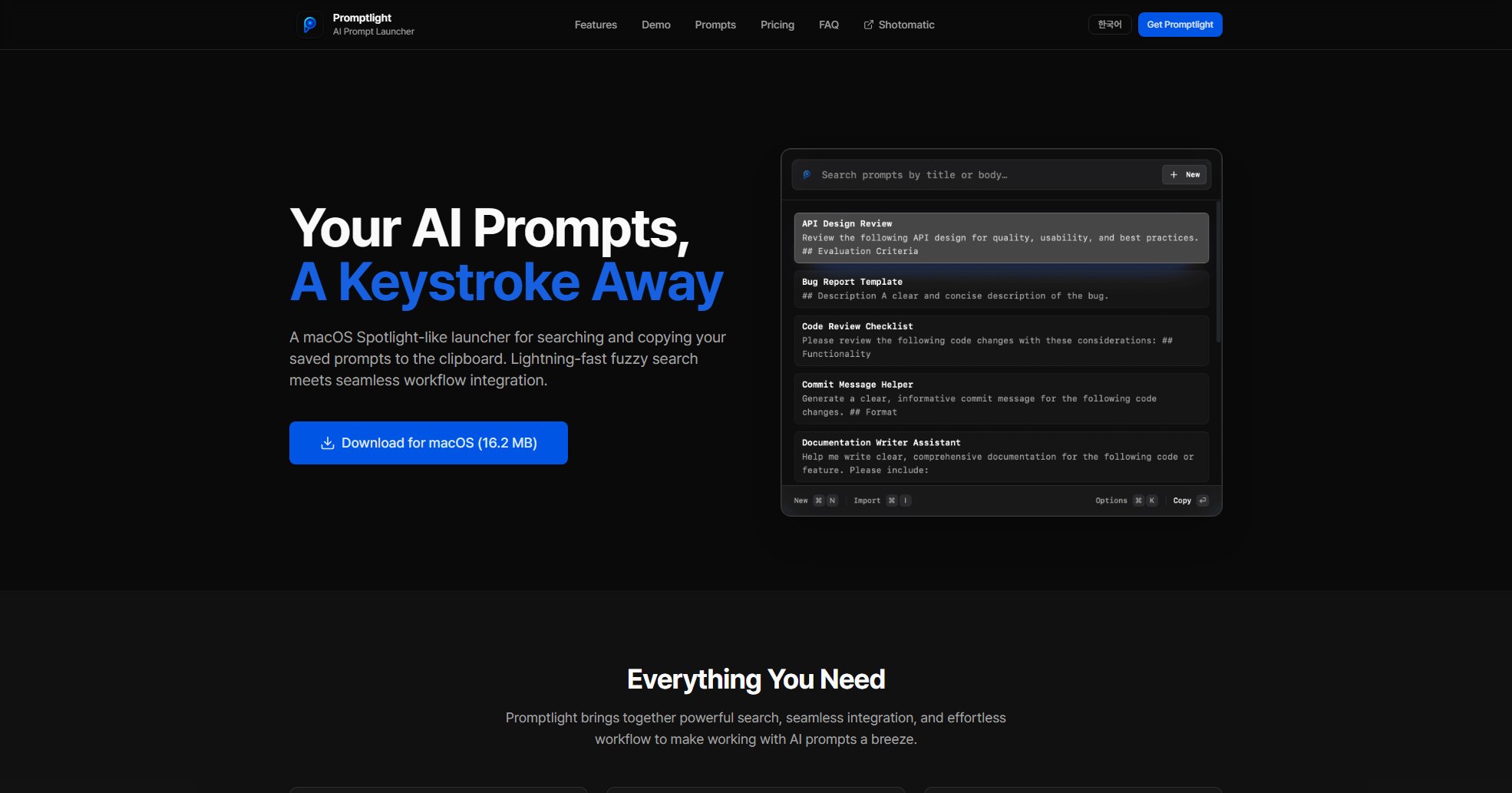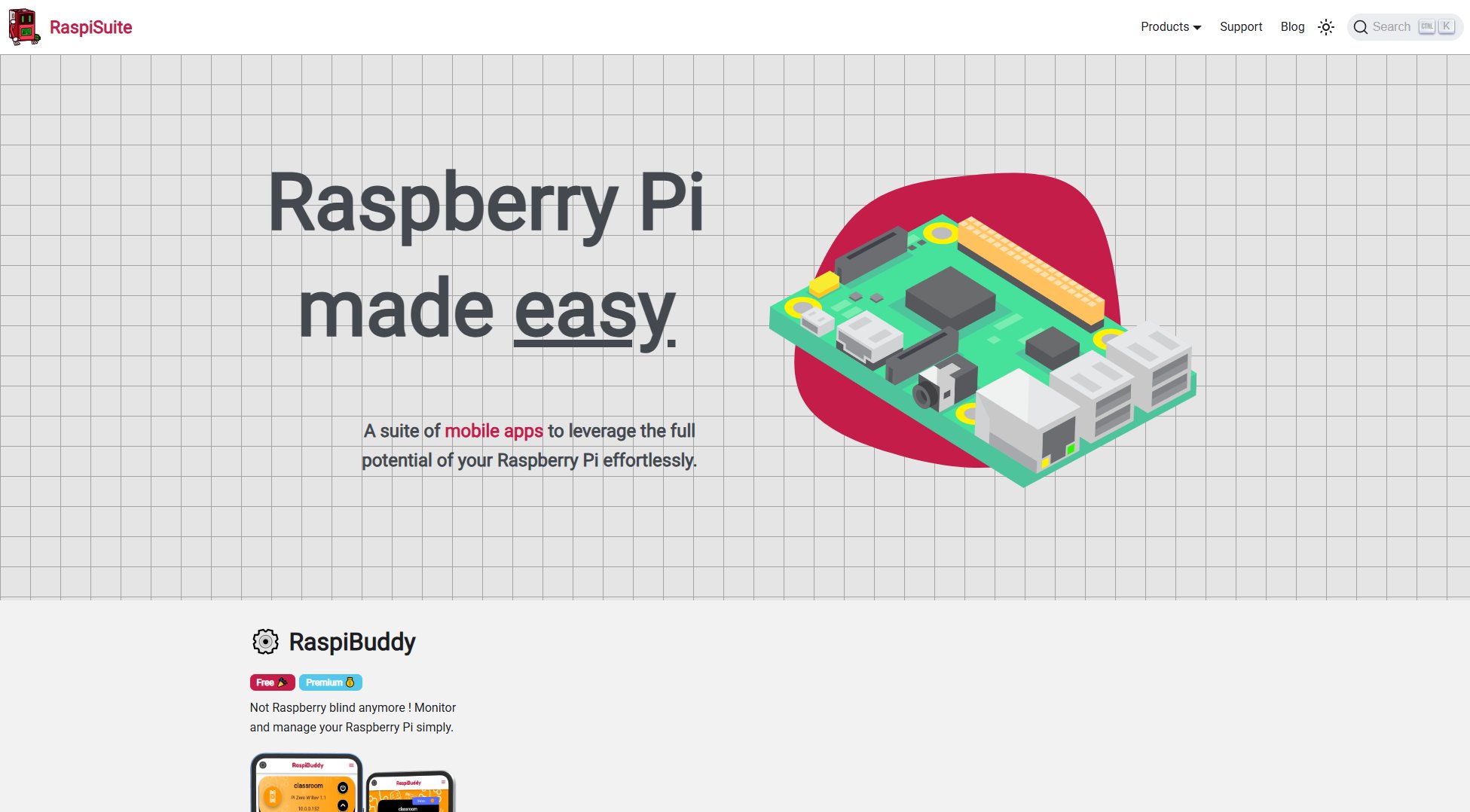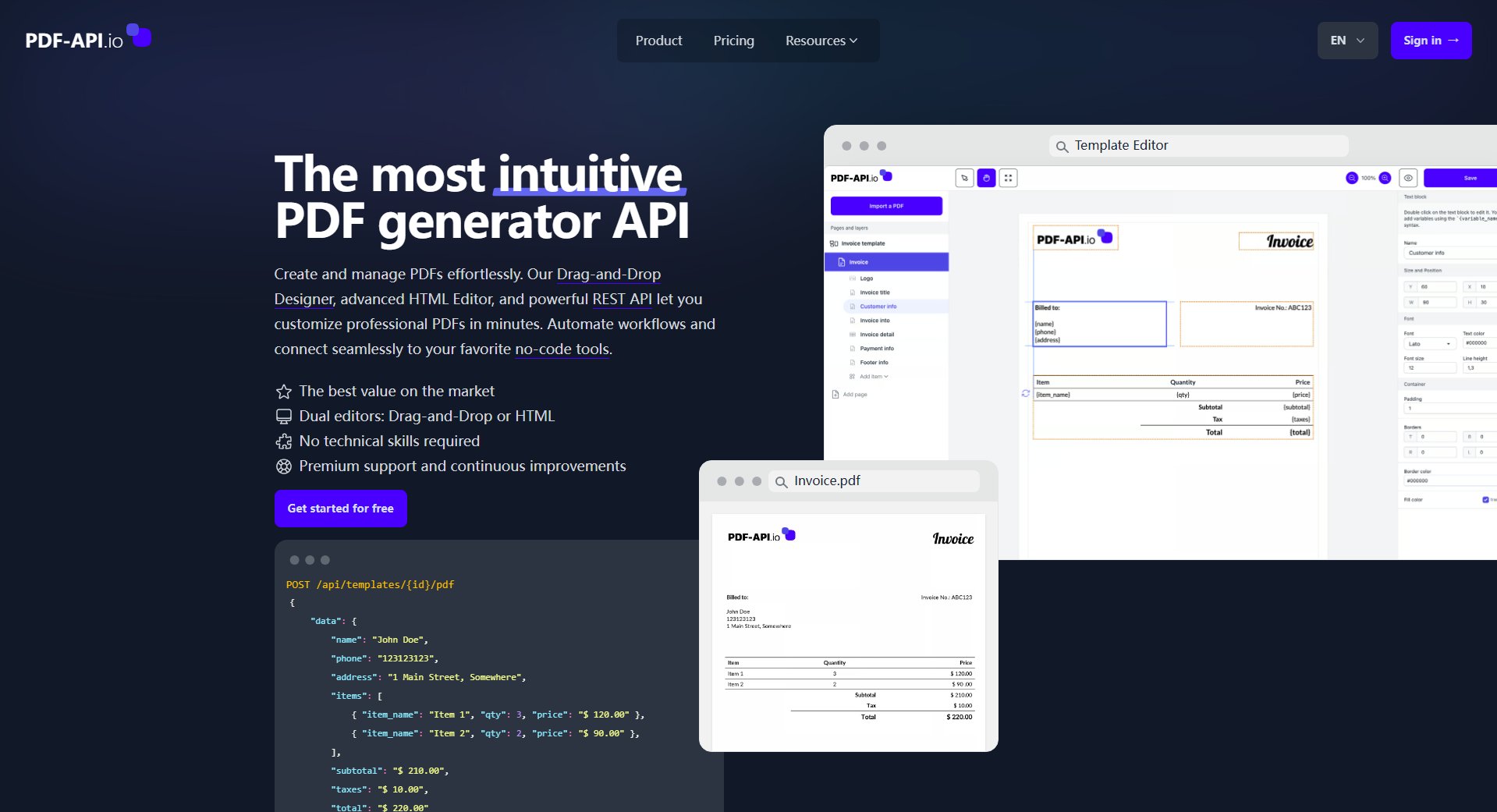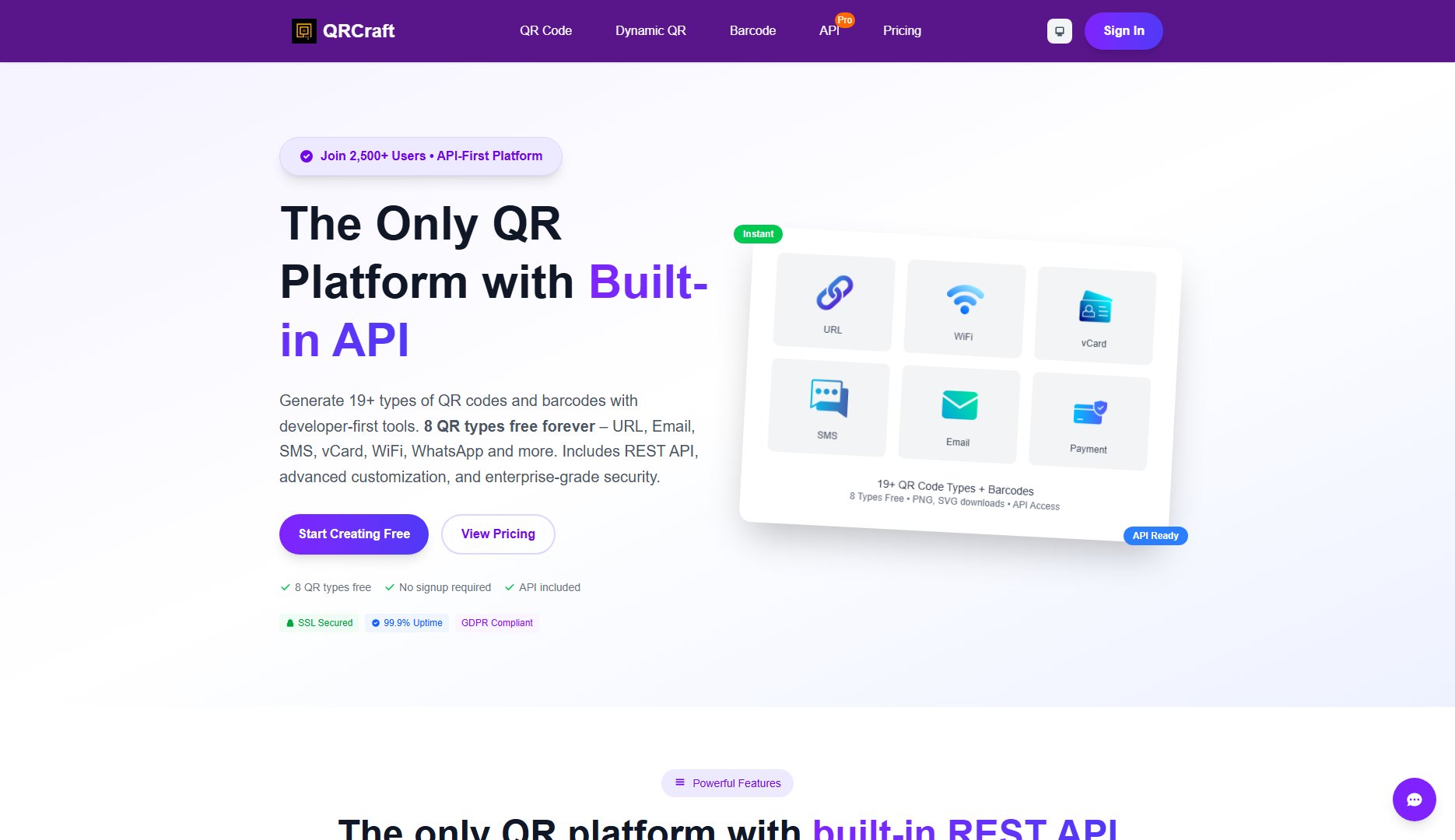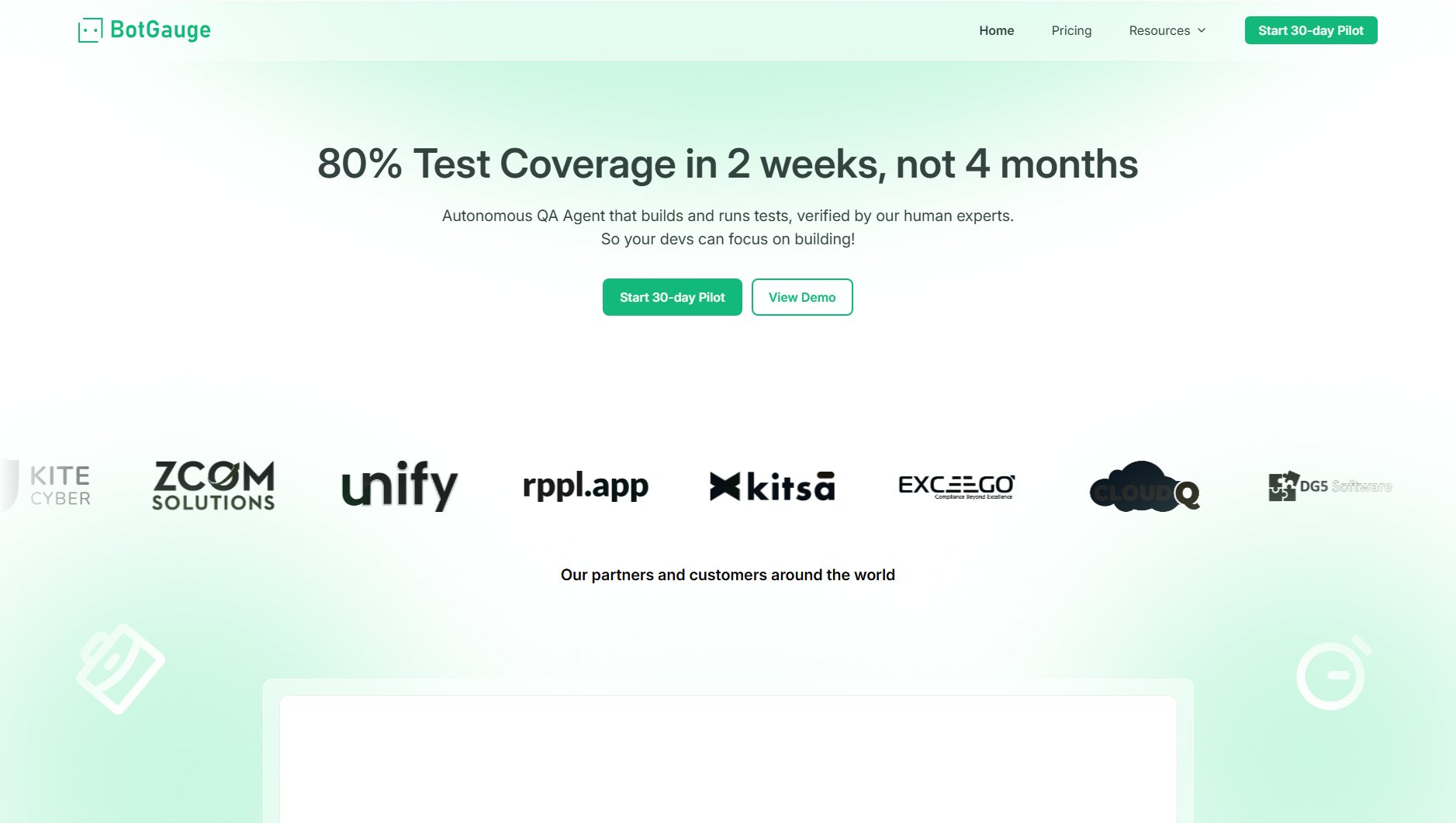Tggl.io
Feature flags and release management for safer, faster deployments
What is Tggl.io? Complete Overview
Tggl.io is a feature flagging and release management platform designed to help teams adopt modern software development best practices. It enables developers to decouple code deployments from feature releases, allowing for safer rollouts, instant rollbacks, and A/B testing. Tggl is built for teams that need to move fast, offering an intuitive interface that empowers both technical and non-technical team members to manage feature flags without requiring developer intervention. The platform is trusted by companies like Swan for its flexibility, ease of use, and compliance with GDPR and other data protection standards. Tggl is ideal for software development teams, product managers, and QA teams looking to streamline their release processes, improve KPIs, and reduce technical debt.
Tggl.io Interface & Screenshots
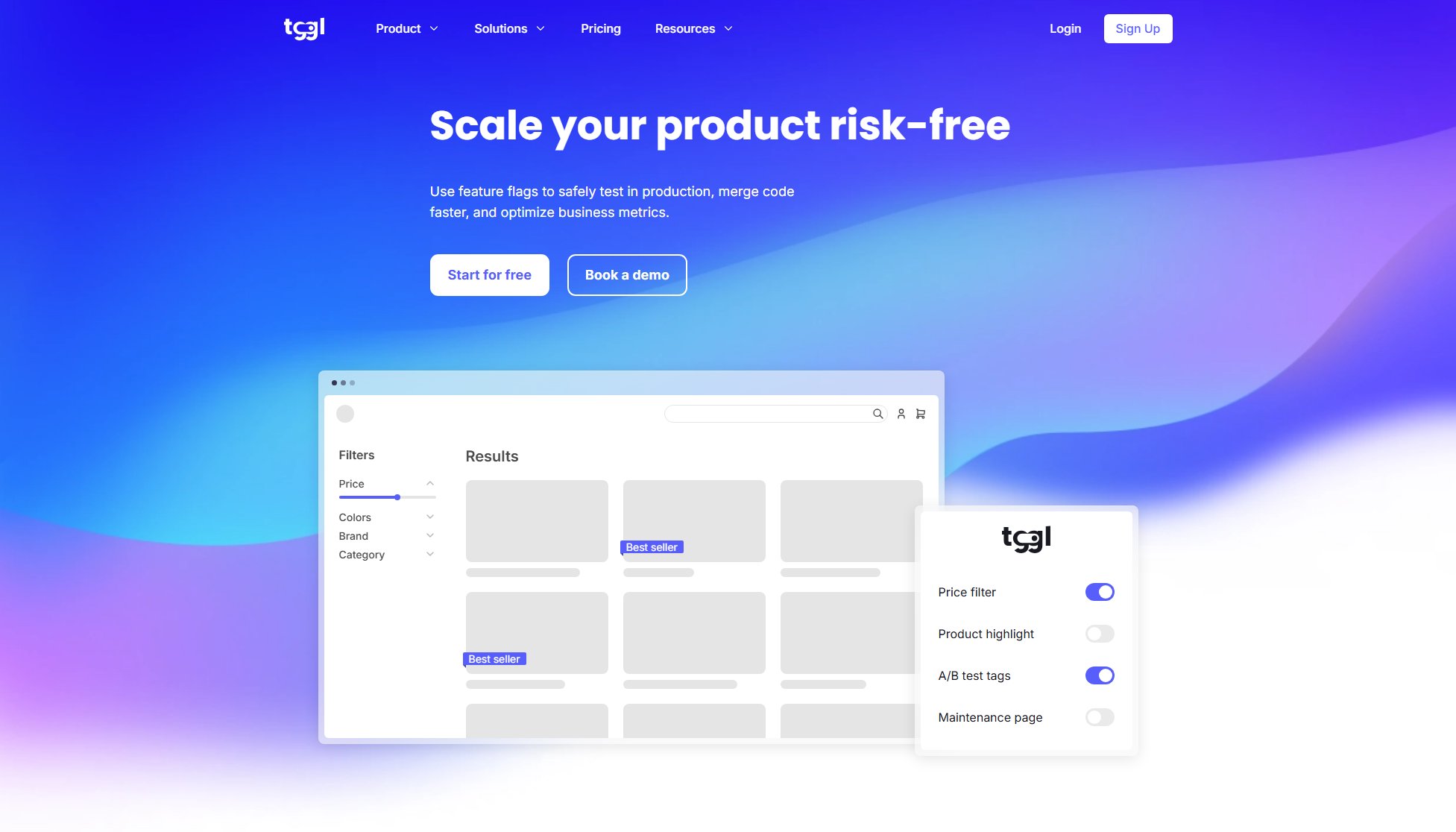
Tggl.io Official screenshot of the tool interface
What Can Tggl.io Do? Key Features
Feature Flags
Tggl's feature flags allow you to toggle functionality on or off without deploying new code. This enables safer rollouts, instant rollbacks, and the ability to test in production. Feature flags can be managed by both technical and non-technical team members, reducing dependency on developers for small changes.
A/B Testing
Run experiments on your product in seconds to adopt data-driven decision making. Tggl's A/B testing capabilities help you improve metrics and reach your goals faster by testing different variations of features with your users.
Tech Debt Management
Tggl automatically detects dead code based on data from your feature flags, providing an overview of what needs to be cleaned up. This helps teams maintain a clean codebase and reduce technical debt over time.
Collaboration & Reviews
Tggl supports four-eyed reviews to prevent human errors before changes are made to production. Teams can collaborate on feature flags and releases, with processes that match their organizational needs.
Analytics Integration
Tggl integrates smoothly with your existing analytics stack, such as Amplitude, so your data team doesn't have to manage another platform. This ensures seamless workflows and data-driven insights.
Security & Compliance
Tggl is GDPR compliant and stores data in the EU. It offers two-factor authentication, custom roles, and the option to use the open-source Tggl proxy on your own infrastructure to ensure data never leaves your servers.
Best Tggl.io Use Cases & Applications
Safe Feature Rollouts
Use Tggl to progressively roll out new features to a small percentage of users, monitor performance, and gradually increase exposure. If issues arise, instantly roll back without deploying new code.
A/B Testing for Product Optimization
Run experiments to test different versions of a feature with segments of your user base. Use the results to make data-driven decisions that improve KPIs and user experience.
QA Testing in Production
QA teams can use Tggl to test new features in production safely by enabling them only for internal users or specific test groups, reducing reliance on staging environments.
Technical Debt Management
Tggl automatically tracks unused feature flags, helping teams identify and remove dead code, thus maintaining a clean and efficient codebase.
How to Use Tggl.io: Step-by-Step Guide
Sign up for a free 30-day trial on Tggl.io. No credit card is required to get started.
Create your first project and define feature flags for the functionalities you want to control.
Integrate Tggl's SDK into your application to start evaluating feature flags in your code.
Toggle features on or off, run A/B tests, or schedule releases directly from the Tggl dashboard.
Monitor flag usage, analyze experiment results, and manage tech debt using Tggl's built-in tools.
Tggl.io Pros and Cons: Honest Review
Pros
Considerations
Is Tggl.io Worth It? FAQ & Reviews
You can try Tggl for free for 30 days with no credit card required. After the trial, you'll need to enter payment details to continue using the service.
If you exceed your API request limit, you'll be charged for the extra requests at the end of the month at the rates specified in the pricing table.
A feature flag is a way to toggle functionality on or off in your application without deploying new code, enabling safer releases and testing in production.
Yes, Tggl is designed for both technical and non-technical users, allowing product teams to manage releases without developer intervention.
Tggl stores data in the EU using AWS infrastructure. You can also use the open-source proxy to keep data on your own servers.
